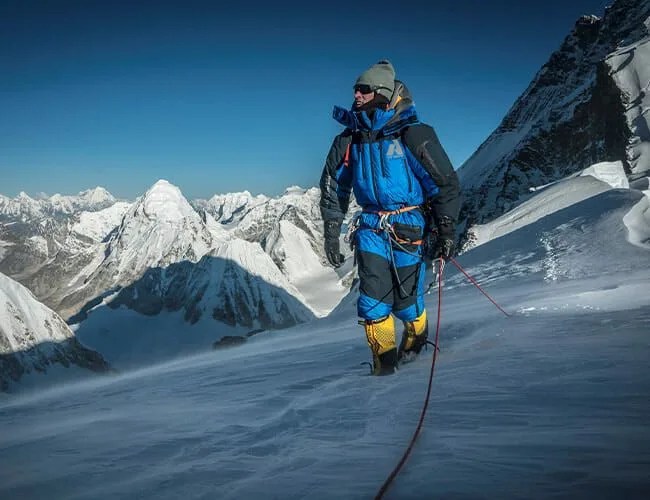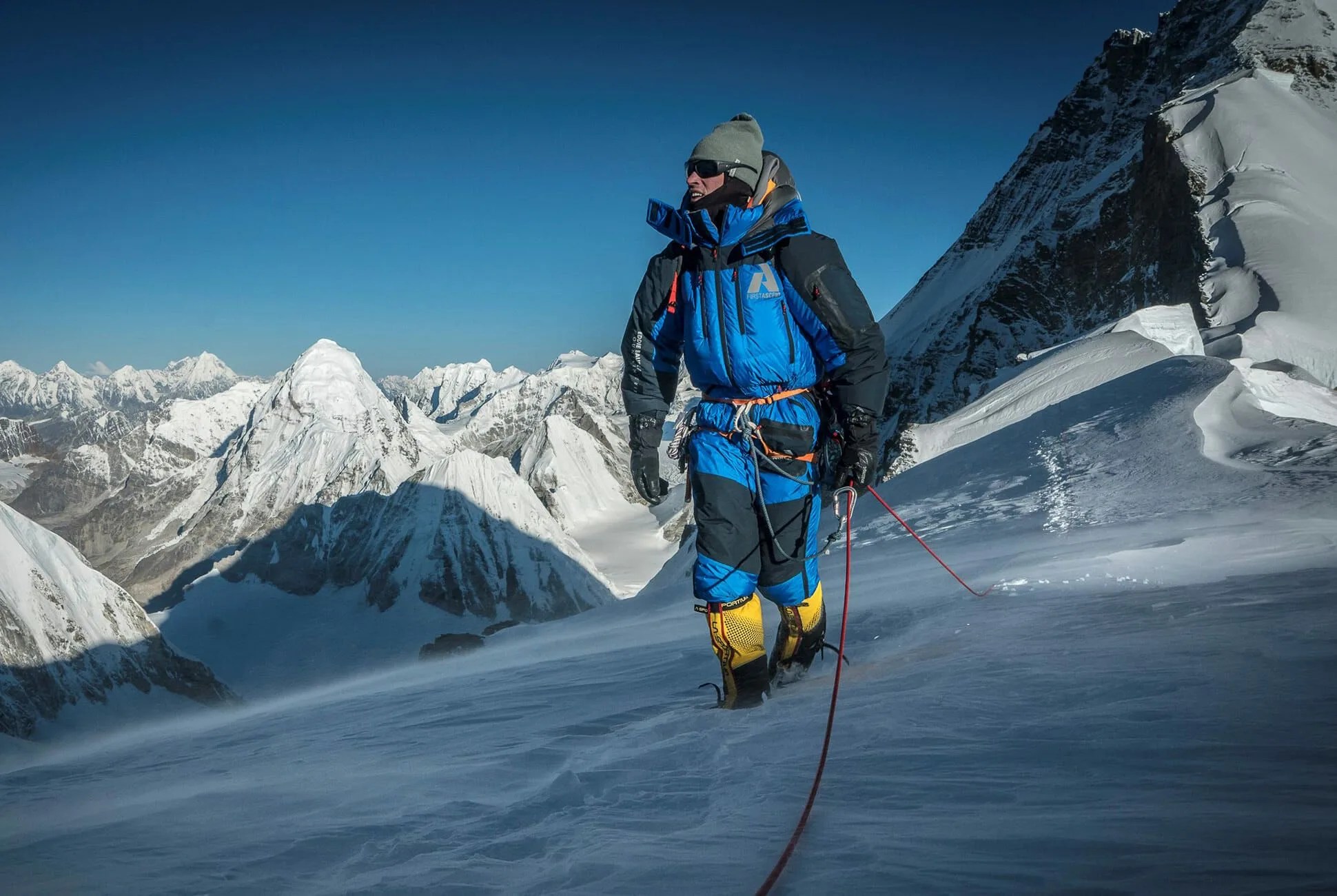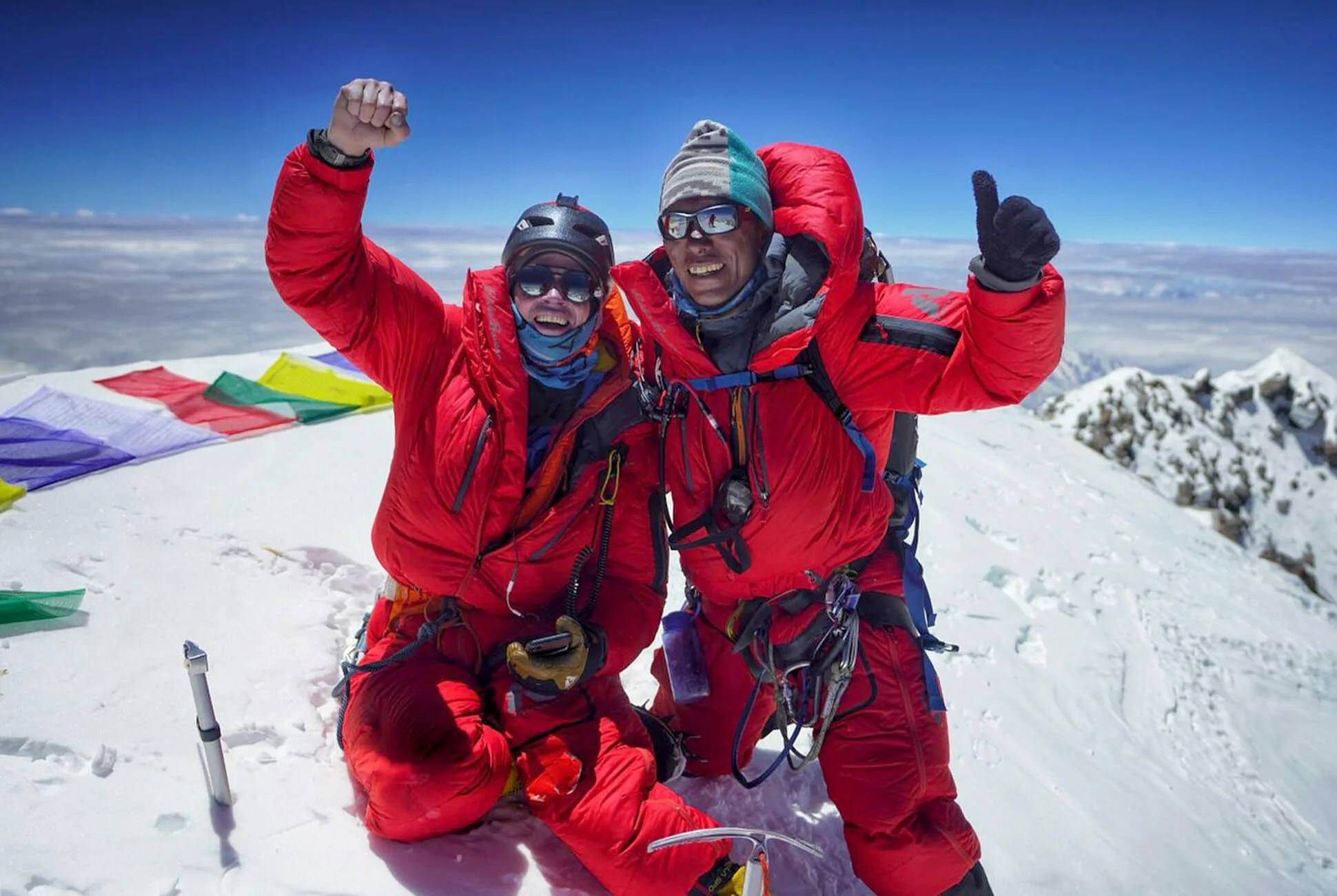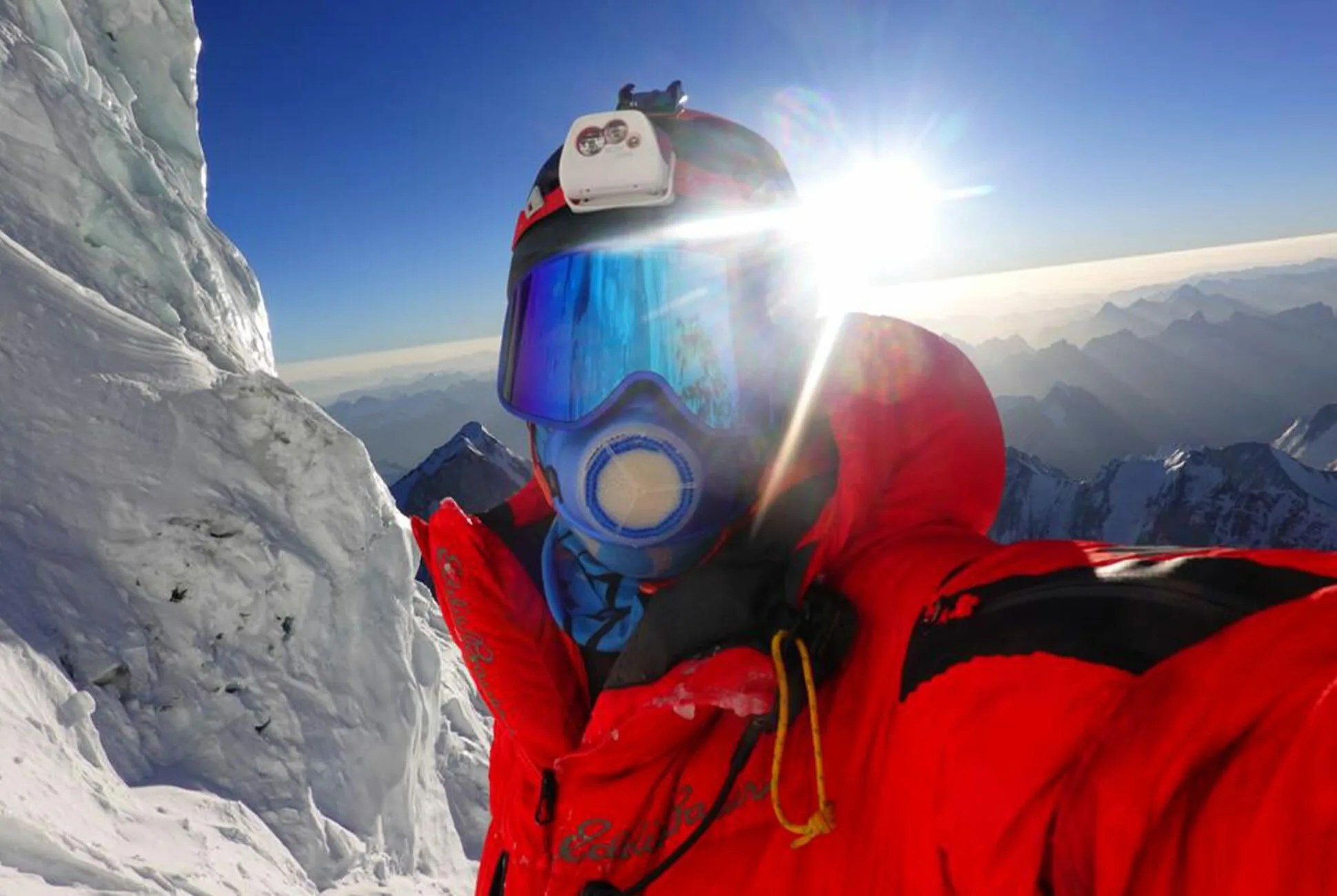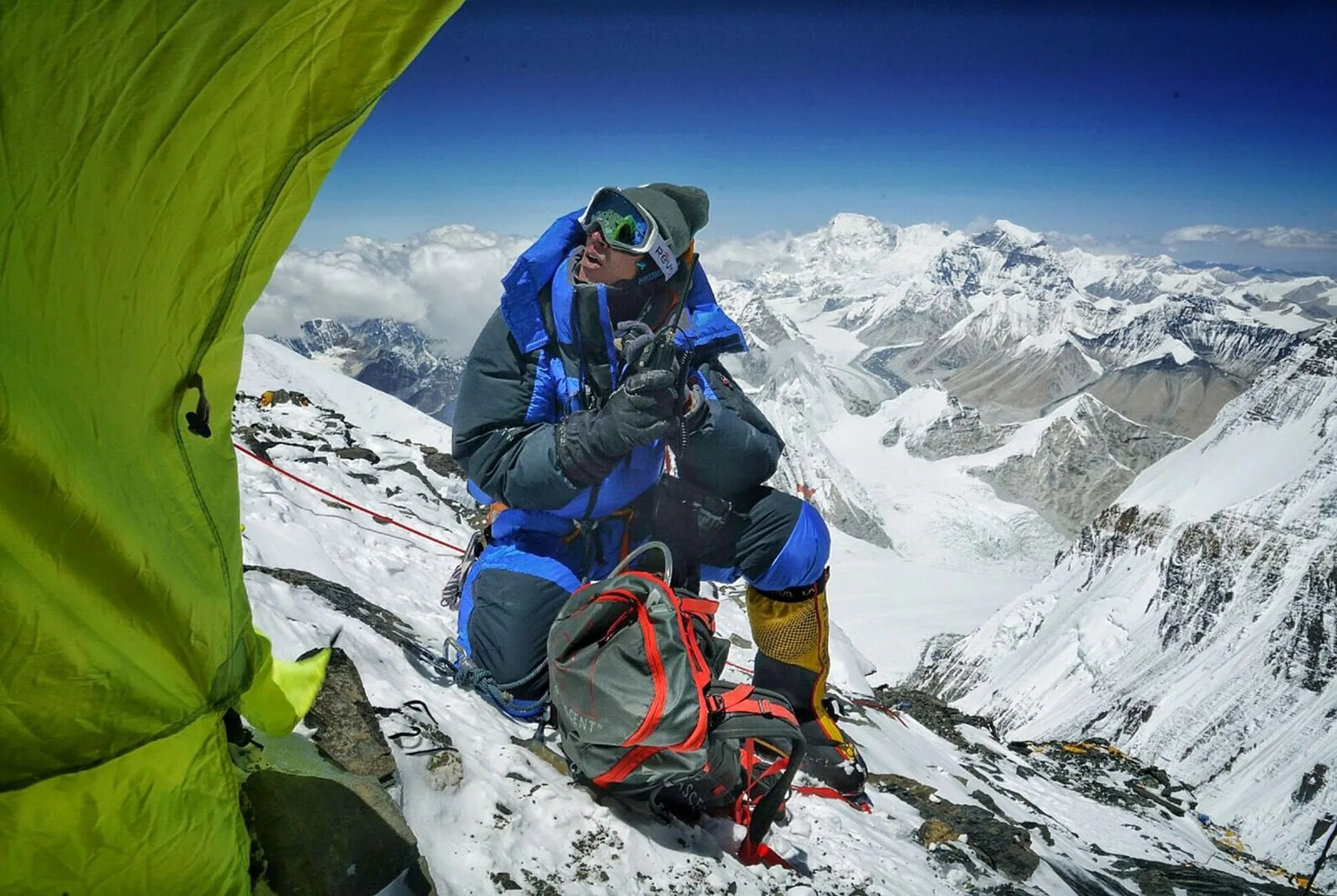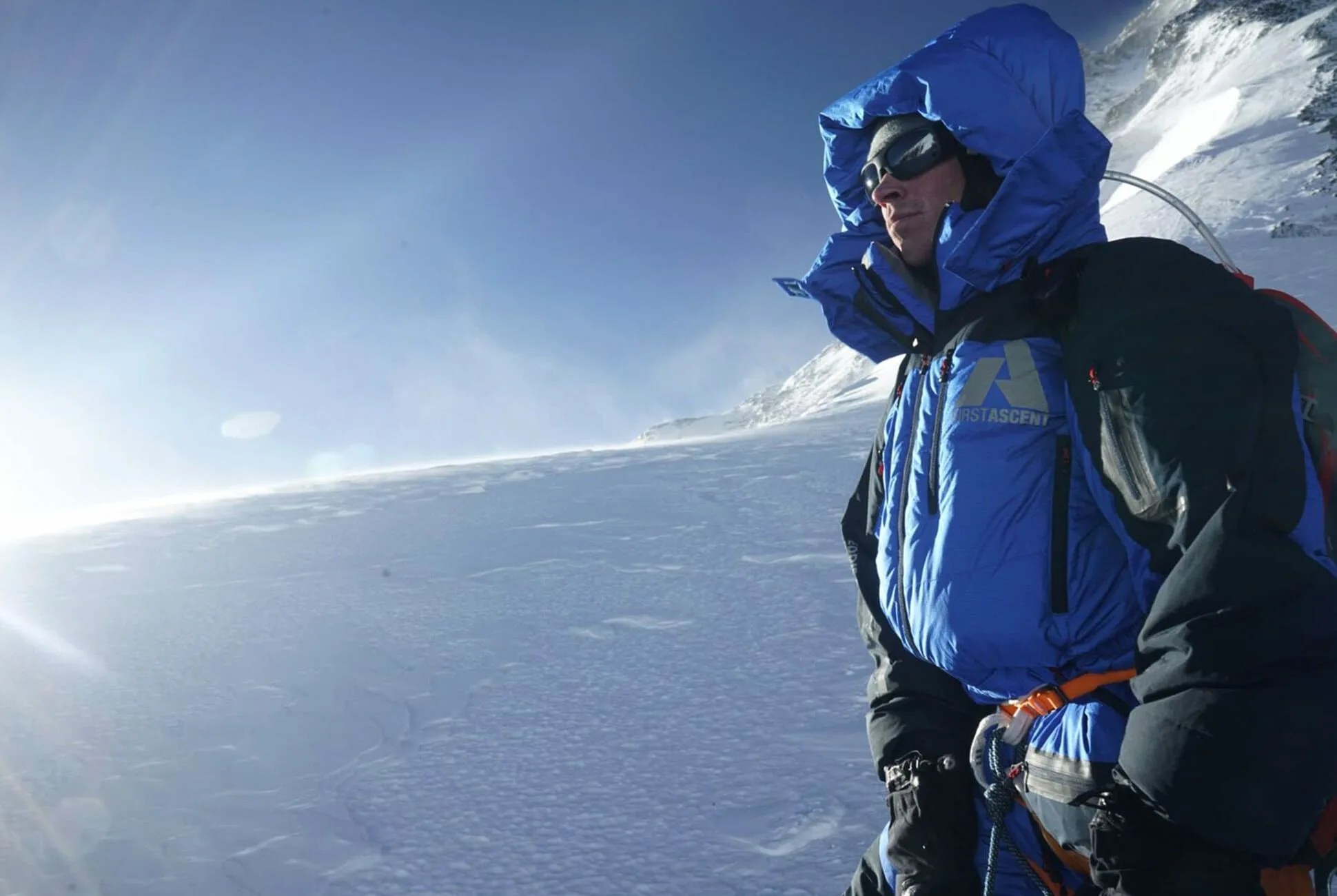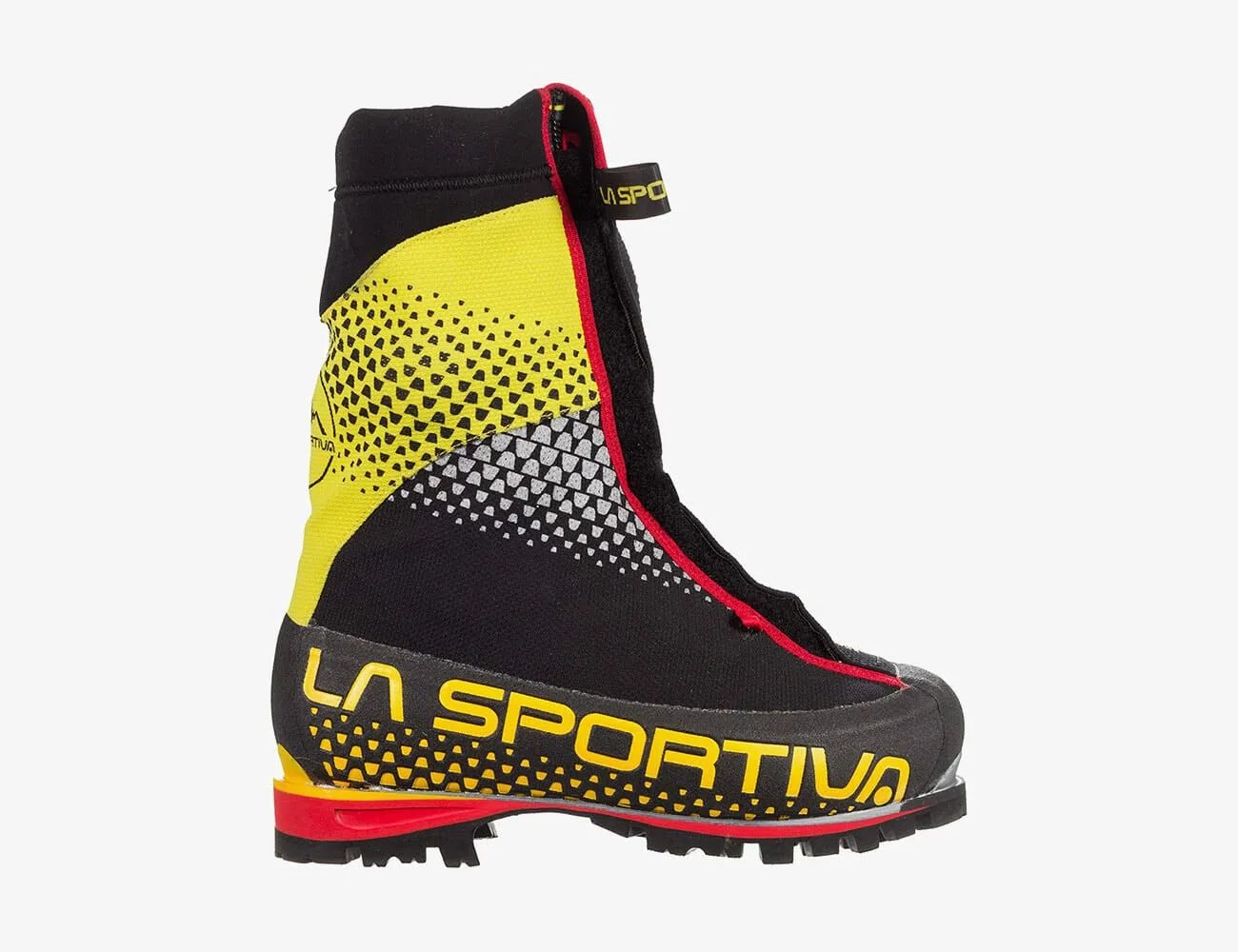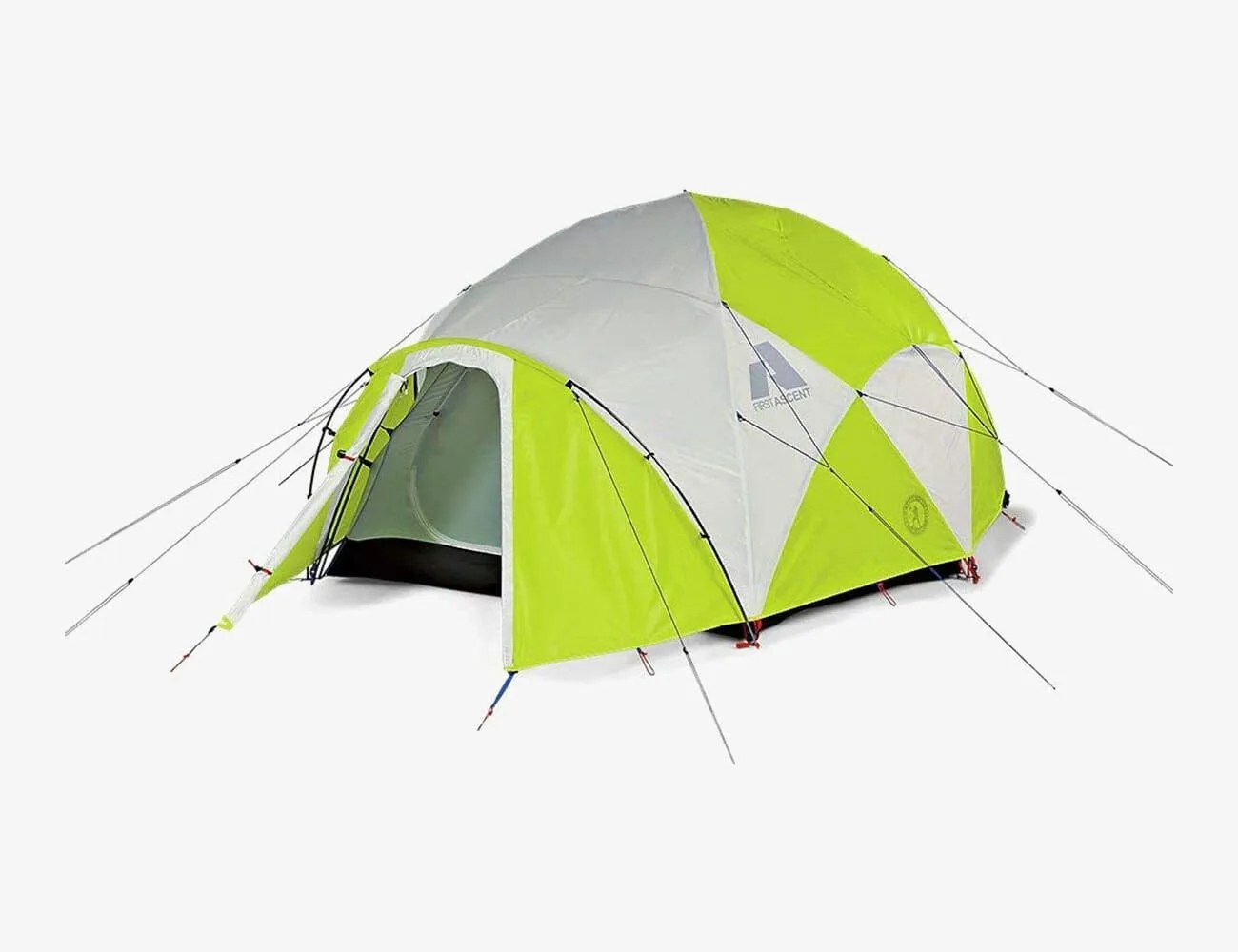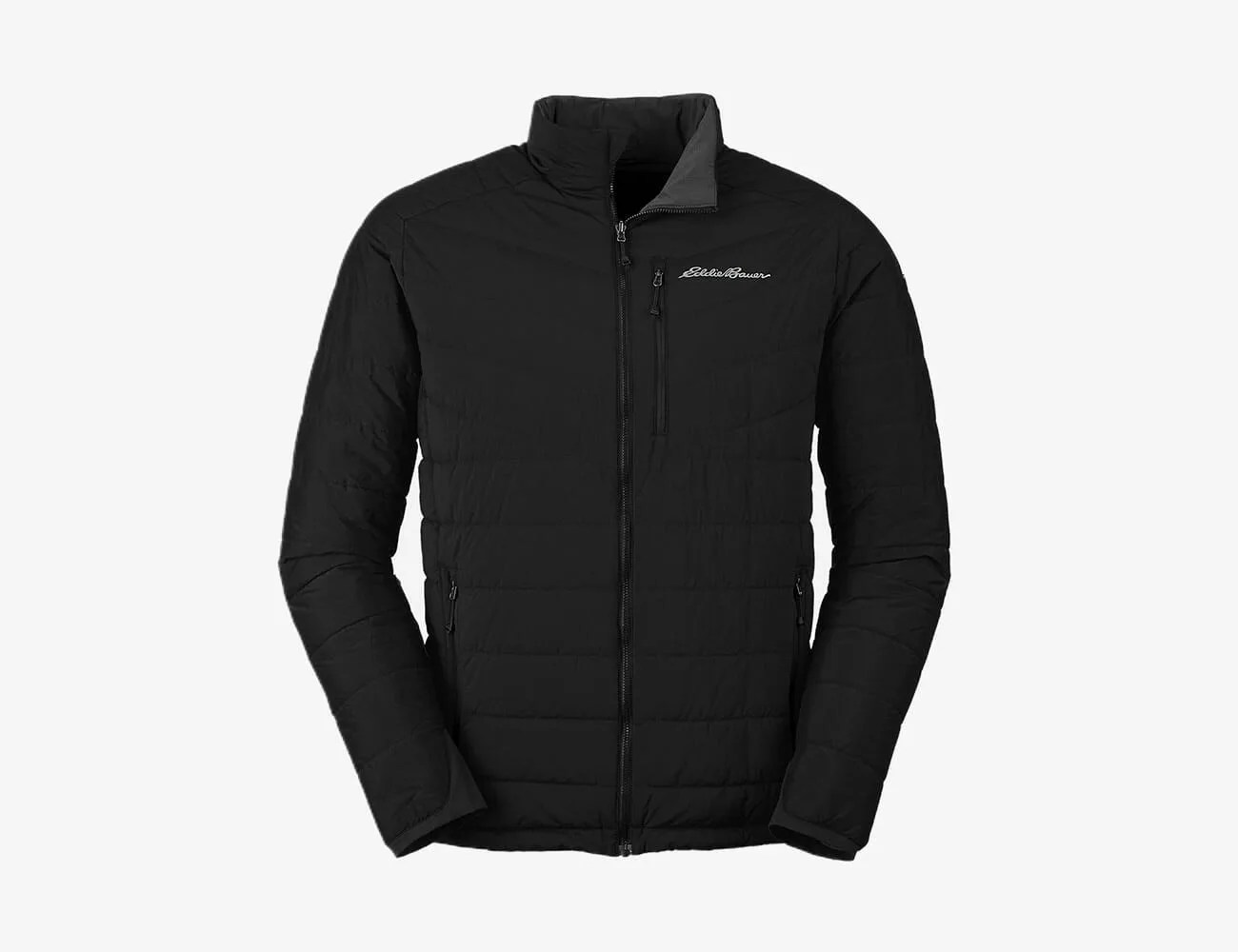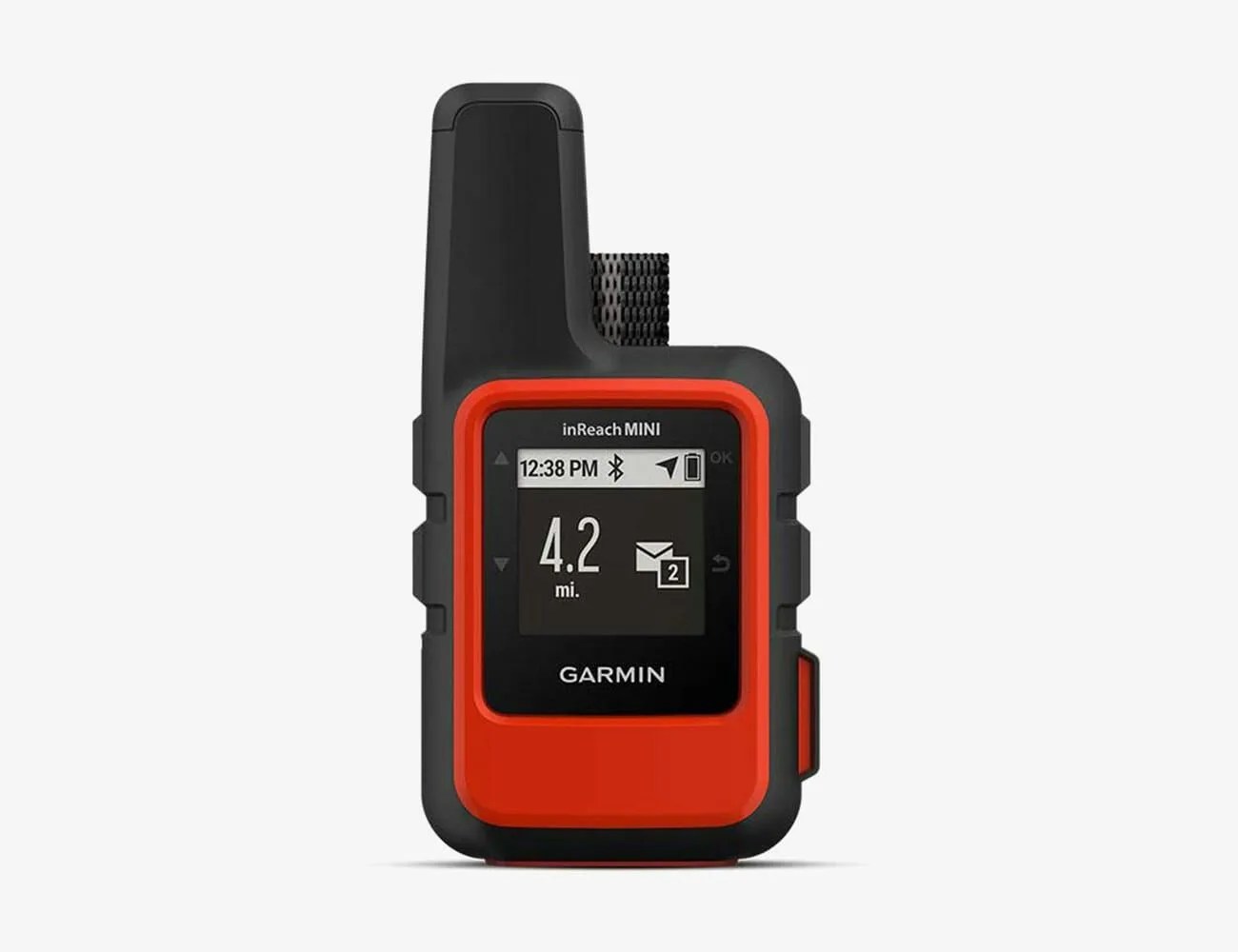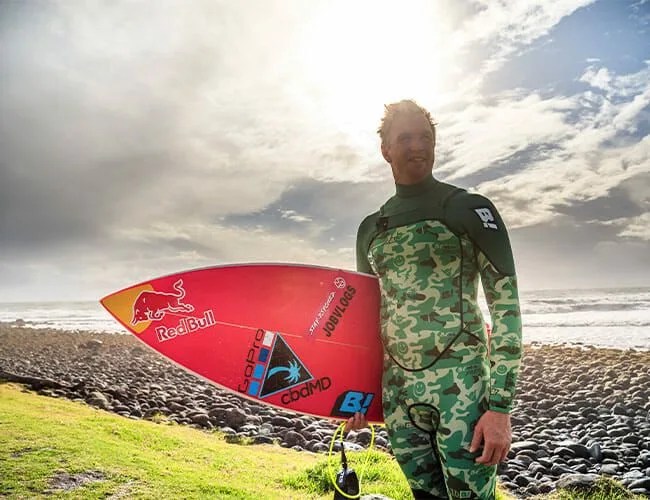6 photos
Adrian Ballinger’s brunch conversations aren’t like yours or mine. Instead of talking about the dumb thing he might’ve said last night at a bar, or how many reruns of The Office he recently plowed through, he’s more likely to chat about slightly less casual topics, like climbing the world’s tallest mountains without oxygen. It was during such an affair on a deck in Mendoza, Argentina that Ballinger, after previously dismissing the idea, decided he wanted to give K2 a try.
At 28,251 feet tall, K2 is the world’s second-tallest mountain. Its nickname is “the Savage Mountain,” and it’s both more technical and less predictable than Mt. Everest. It also has less infrastructure than Everest, making it harder to get to (Ballinger’s eventual journey involved planes, a Jeep ride through Pakistan and a 10-day trek). Roughly one of every four climbers who attempt K2 perishes, compared to approximately one in 15 for Everest.
Climbing the mountain without supplemental oxygen increases the risk dramatically, so while Ballinger seemingly decided to tackle K2 in the same way one might set a plan to attend a matinee, he didn’t do so lightly. Ballinger had previously topped Everest without oxygen in 2017, a feat he says “pushed me so far.”
“There’s no way anyone can climb this mountain this year.”
The K2 endeavor began, even as mountaineering standards go, with uncertainty. Amongst Pakistani high altitude workers, Sherpa and foreigners, there were roughly 200 climbers on the mountain in 2019, a record high that doubled the previous figure. Snow depths were also at a 30-year high and, because of warming temperatures, it “was just falling off the mountains everywhere,” Ballinger says. Not to mention that he had contracted a stomach parasite on the 10-day trek to Base Camp.
The conditions spurred Ballinger and his team — including Carla Perez, a mountain guide and the first South American woman to summit Everest without oxygen, and another Ecuadorian climber named Esteban “Topo” Mena — to get to work. They began to test routes and make acclimatization rotations (“the goal is basically to go as high as you can to where your body’s really suffering, and that stimulates a chemical response to build new red blood cells,” Ballinger explains.)
